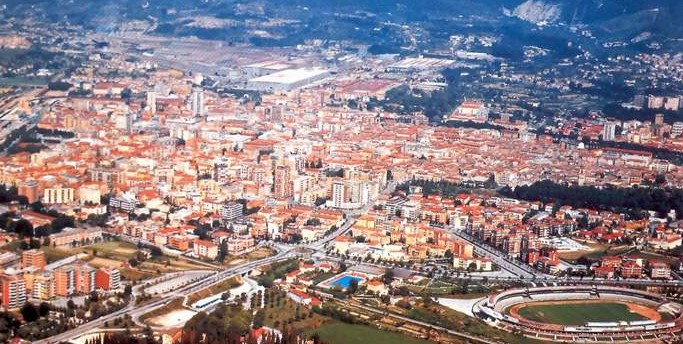Terni

Terni is an Italian town that is the capital of the province of the same name in Umbria.

The area of ??the Terni basin was already affected by stable settlements in the protohistoric age, as evidenced by the necropolis of the Acciaierie, used from the last phase of the final Bronze Age (10th century BC) up to the entire initial phase of the first Iron Age (9th century / early 8th century BC) from a conspicuous community, attributable to the protohistoric facies called Culture of Terni.

The inhabited area pertaining to the necropolis was located in the hills and foothills north of the present city, probably in the Civitella area, while only in a later age (VII century BC) there will be the birth of a real proto-urban center in the area located at the confluence of the Nera river and the Serra torrent.
Archaeological data therefore seem to confirm the traditional date of foundation of the city, located at 672 BC. based on an inscription from 32 A.D. (Corpus Inscriptionum Latinarum XI, 4170).

The pre-Roman peoples who inhabited these settlements in the Latin sources are called Nahartes (hence the name of the city, Interamna Nahartium, i.e. of the Naharti), an ethnonym that unites all the Umbrian populations who lived along the river Nahar (the Nera) at the bottom to the valley.

A city with a high rate of industrial development since the Middle Ages, when it was a rich and combative free municipality with dozens and dozens of water mills, in the nineteenth century its industrial potential grew in the second industrial revolution, so much so that it was nicknamed "The City of 'Steel' and the 'Italian Manchester'.

It houses the famous steel mills founded in 1884 and 1875 with an important arms factory, still active, as well as hydroelectric plants and factories specialized in the textile and chemical sectors.
First industrial city in Italy after those of the famous Triangle, it suffered heavy bombings during the Second World War by the Allies.

In the 21st century, Terni is a modern city, but also an ancient one, with an important historical, economic, social and naturalistic center.
In fact, modern urban areas alternate with green landscapes (primarily the Marmore waterfall and the Terni countryside), and despite the Second World War, there are still numerous testimonies of Roman, medieval, Renaissance and Baroque remains.
Video: Terni
Map: Terni
Address: Piazza M. Ridolfi, 1, 05100
(TR) Umbria
Latitude: 42.5621098
Longitude: 12.6435092
Site: http://www.comune.terni.it/#...
vCard created by: BBCC
Currently owned by: BBCC
Type: City
Function: Public place
Creation date:
Last update: 15/08/2021